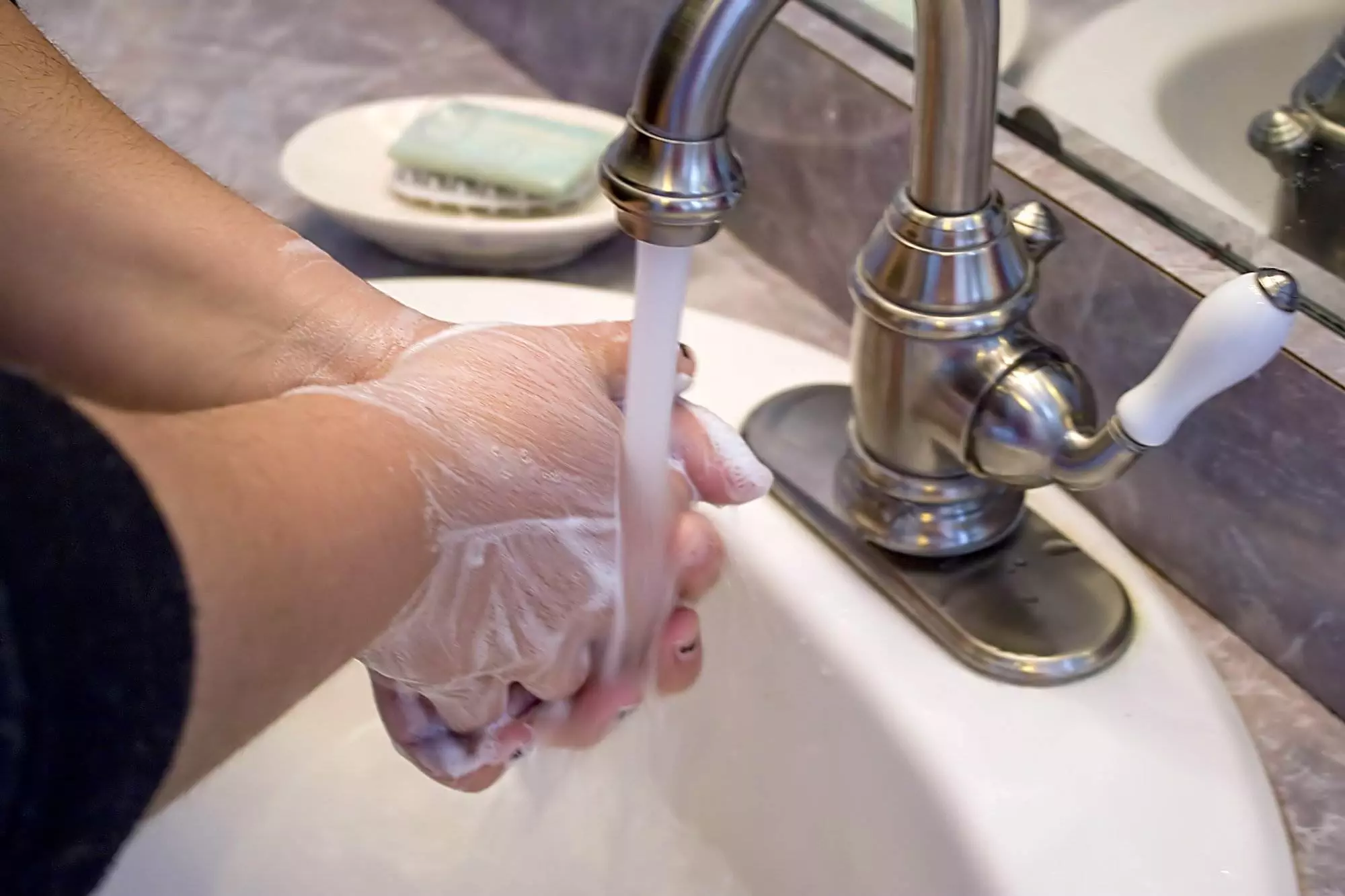Introduction to Disability-Friendly Cleaning
Cleaning can be a challenging task for people with disabilities, but it doesn’t have to be. By making small adjustments to your cleaning routine and using accessible equipment, you can create an inclusive environment that promotes independence and safety. In this article, we will discuss the importance of accessibility in cleaning practices, tips for creating a disability-friendly cleaning routine, adapting your supplies and equipment, and how to make your home or workspace more accessible and inclusive.
The Importance of Accessible and Inclusive Cleaning Practices
People with disabilities face unique challenges when it comes to maintaining a clean and organized space. Traditional cleaning methods may not be feasible for those who use wheelchairs, walkers, or other mobility devices. Additionally, individuals with visual impairments may struggle to identify areas that need attention. By incorporating accessible and inclusive cleaning practices into your routine, you can ensure that everyone has equal access to a safe and healthy living environment.
Tips for Creating a Disability-Friendly Cleaning Routine
1. Use non-slip mats: For individuals with mobility issues, slips and falls are a major concern. Place non-slip mats in high traffic areas such as bathrooms and kitchens to reduce the risk of injury.
2. Adjust heights: Make sure all surfaces are at an appropriate height for the individual. This includes counters, sinks, and cabinets. Consider installing grab bars near toilets and showers for added stability.
3. Choose ergonomic tools: Look for cleaning supplies that are designed to be easy on the hands and wrists. Avoid using heavy vacuums or brooms that require excessive force.

4. Clear clutter regularly: Clutter can pose a significant hazard for people with disabilities. Regularly clear away any items that could cause tripping or falling.
5. Label containers clearly: Individuals with visual impairments may have difficulty identifying cleaning products. Use large print labels or braille stickers to help them locate the correct item.
Adapting Your Cleaning Supplies and Equipment for People with Disabilities
There are many ways to modify your cleaning supplies and equipment to make them more accessible. Here are some ideas:
1. Use extension poles: Extension poles allow you to reach high places without having to climb ladders or step stools. They also provide greater leverage for individuals with limited upper body strength.
2. Buy lightweight vacuum cleaners: Heavy vacuum cleaners can be difficult to maneuver for people with mobility issues. Look for models that are lightweight and easy to push.
3. Purchase long-handled brushes: Long-handled brushes are ideal for cleaning hard-to-reach areas like ceilings and corners. They also reduce the amount of bending required.
Conclusion: Making Your Home or Workspace More Accessible and Inclusive
Creating an accessible and inclusive environment takes time and effort, but it’s well worth it. By implementing these strategies, you can promote independence and safety for everyone in your household or workplace. Remember to always consult with the individual’s needs and preferences before making changes to their environment. With a little creativity and planning, you can create a space that is both beautiful and functional for all abilities.

